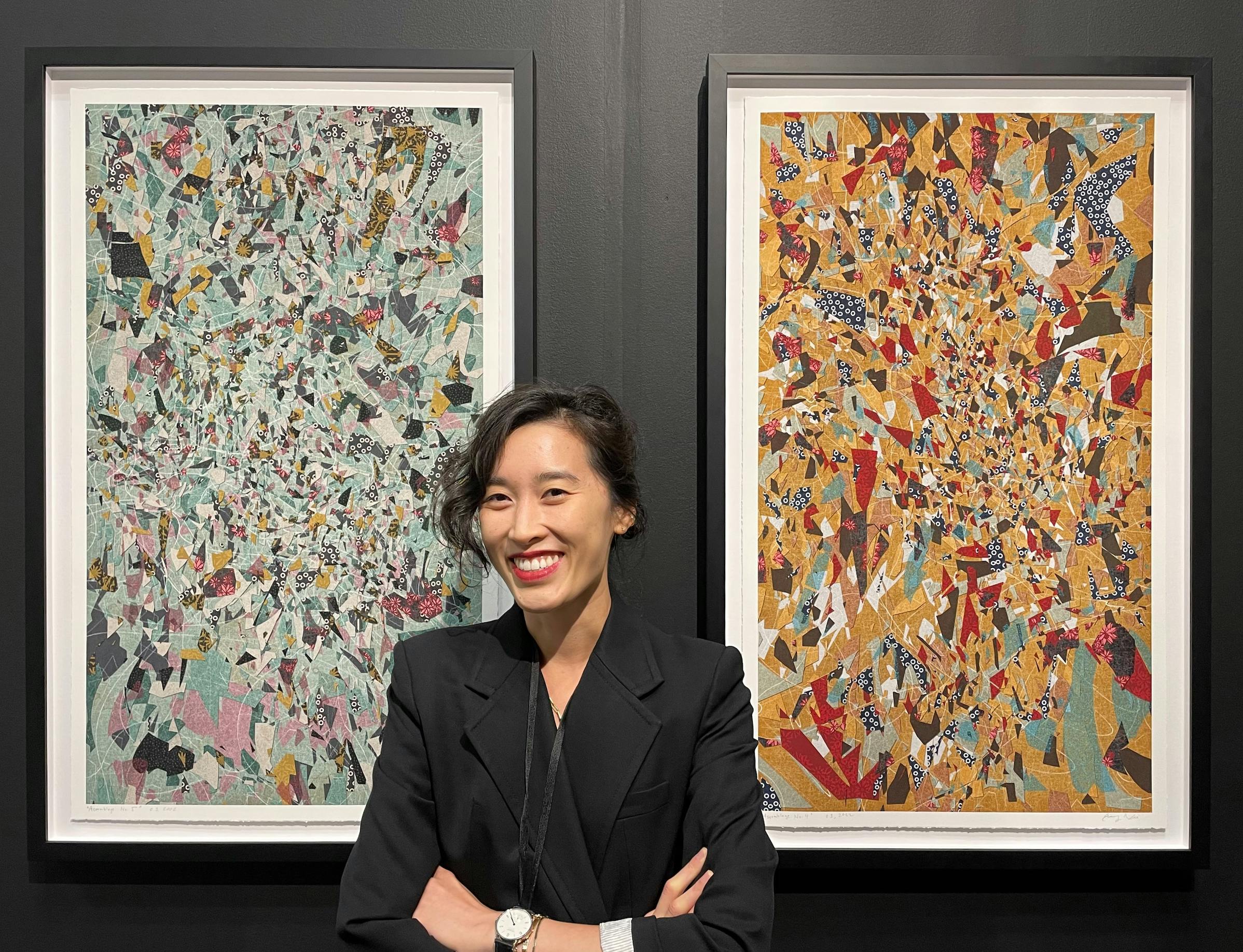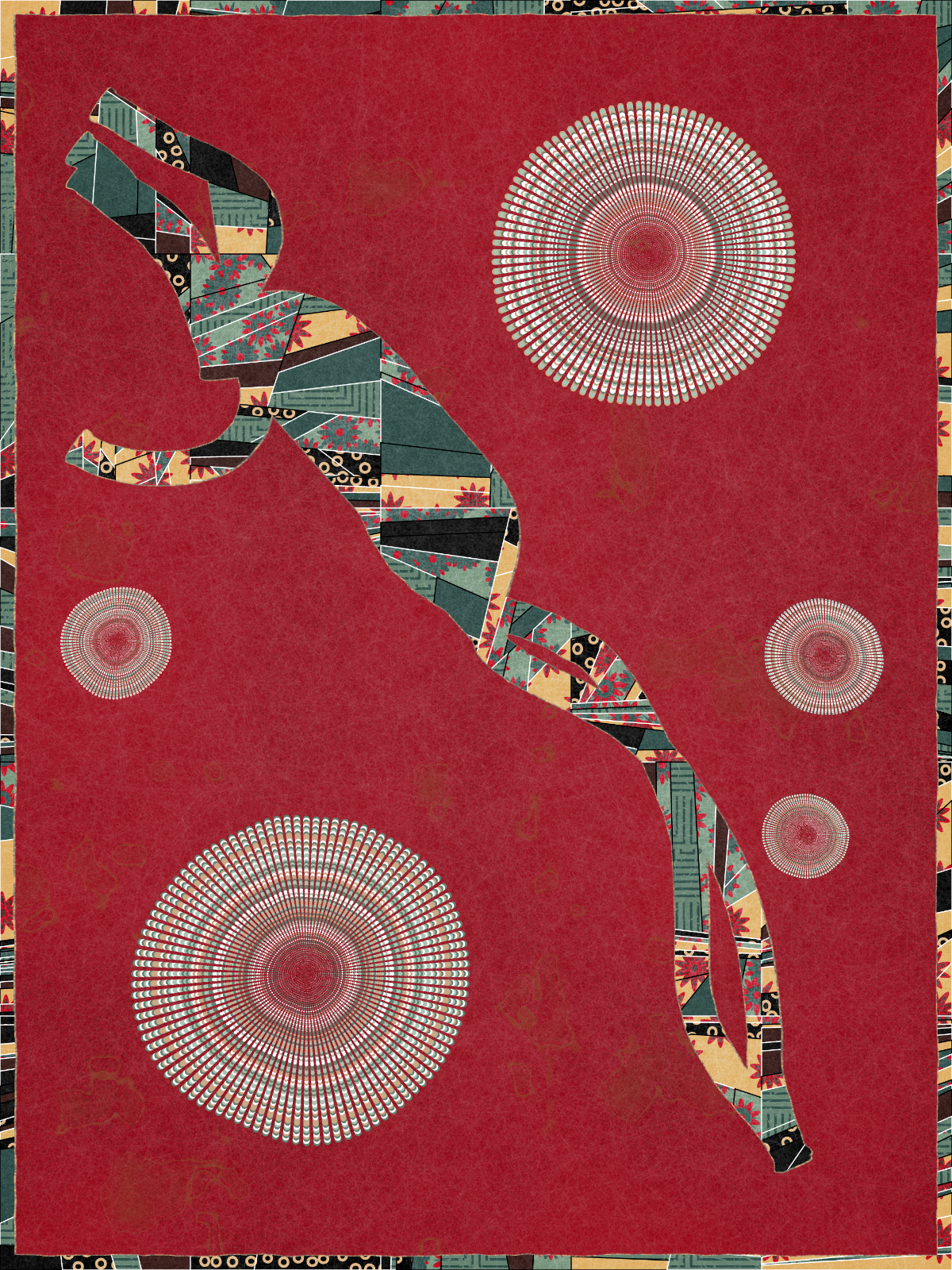
Emily Xie is a generative artist living in NYC. She writes algorithms to create lifelike textures, patterns, and forms. Her generative systems often navigate many delicate balances at once: the interplays between chance versus control, the organic versus the systematic, and the abstract versus the representational.
Read More >>

Selecting Martha Lou Jones’ ‘Bullseye’ quilt from 1896 in LACMA’s collection, as a touchstone Emily created Interwoven via an algorithm she wrote in p5js, a Javascript library designed for creative coding. “With Interwoven, I wanted to explore quiltwork,
Read More >>

Highlighting the relationship between quilts and computational logic, Emily wields the machine’s capability to generate random, infinitely varied forms. Her resulting shapes––filled with quilting patterns––are unexpected and surprising, oftentimes even appearing creature-like.
Read More >>

'I wanted the forms to be interpretable, a nod to the sense of storytelling the quilting tradition embodies. In some sense, my code and its parameters create a digital loom, setting up foundational configurations and instructions. Yet, at the same time, there’s a level of variance and uniqueness, and a human touch––much like the process of quilting itself.'
Read More >>

Interwoven builds upon previous legacies of textiles and computing, from Ada Lovelace, who wrote the first computer algorithm in the 1800s after observing Europe’s new punchcard-based mechanical textile looms–to Bauhaus weaving traditions–to the work of conceptualists like Beryl Korot, who in the 1980s began making code-based weavings,
